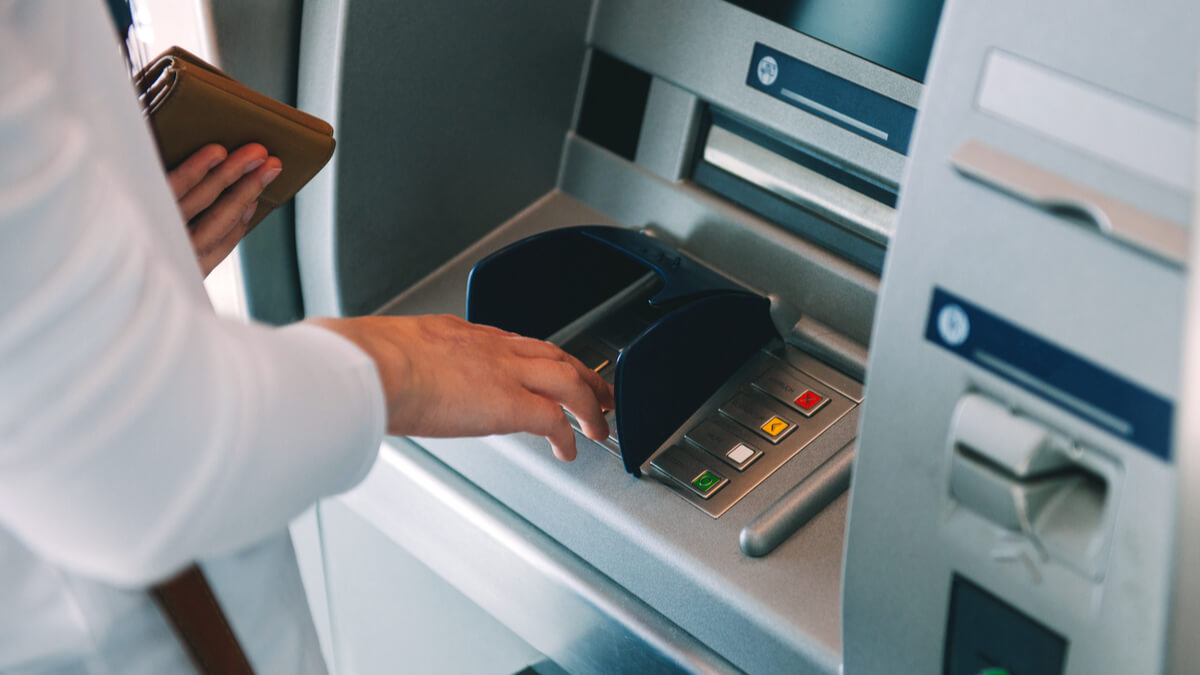How to Transfer Money From One Bank to Another

Transferring money from one bank to another is a common task in the financial lives of many people.
Whether it’s for paying bills, making online purchases, sending money to a friend or family member, or even investing, transferring funds is an operation that can be necessary in various situations.
In this article, we will explore in detail the different ways to transfer money between banks, highlighting the procedures, costs, and important considerations.
1. Traditional Bank Transfer
One of the most conventional ways to transfer money between banks is the traditional bank transfer.
This method involves visiting a bank branch or accessing your bank’s online service.
Here are the basic steps to perform a traditional bank transfer:
- Access your bank account: If you choose the online transfer option, log in to your bank account through the website or mobile app.
- Select the transfer option: Typically, transfer options can be found in the “Transactions” or “Transfers” section of your bank.
- Fill in the transfer details: You will need to enter information such as the amount to be transferred, the destination account number, and the beneficiary’s name.
- Choose the type of transfer: Depending on the bank, you can opt for a transfer within the same bank (internal) or to another bank (external). External transfers usually involve higher fees.
- Verify the information: Review all transfer details to ensure they are correct.
- Confirm the transfer: After checking all the information, confirm the transfer. You will receive a transaction receipt.
- Track the transfer: You can track the status of the transfer through your bank or by contacting customer service, if necessary.
It is important to note that traditional bank transfers, especially external ones, usually involve fees, which can vary depending on the bank and the amount transferred.
Additionally, the time required for the money to be credited to the destination account can vary, taking anywhere from a few hours to several days, depending on the bank and geographic location.
→ SEE ALSO: How to Create an Effective Spending Plan: Steps and Tips
2. TED and DOC Transfers
In Brazil, two types of electronic transfers are widely used: Transferência Eletrônica Direta (TED) and Documento de Ordem de Crédito (DOC).
Both options are often used for transfers between different banks, with some important differences:
- TED (Transferência Eletrônica Direta): TEDs are used for higher-value transfers and are usually processed on the same day, as long as the transfer is requested during banking hours. However, TEDs can incur associated costs, and these costs vary depending on the bank.
- DOC (Documento de Ordem de Crédito): DOCs are used for smaller value transfers. They may take longer to process, with the possibility of up to two business days for clearance. However, DOCs generally have lower costs or may even be free at some banks.

3. Transfer Using Payment Apps
With the advancement of technology, payment apps like Pix have gained popularity as a quick and convenient way to transfer money between banks.
Pix is an instant payment system developed by the Central Bank of Brazil that allows fund transfers 24/7.
Here are the basic steps to transfer money using Pix:
- Access the app: Open the app of your bank or financial institution that offers the Pix service.
- Choose Pix option: You will usually find the Pix option in the payment or transfer menu.
- Select the destination account: Choose the recipient’s bank account from your phone contacts, QR code, or by manually entering the details.
- Enter the amount: Input the amount to be transferred.
- Confirm the transfer: Review the information and confirm the transfer.
- Use the Pix key: Pix uses keys such as CPF, email, phone number, or a random key to identify the recipient’s account. Ensure the Pix key is correct.
- Track the transfer: Pix is known for the speed of transfers, usually happening within seconds. You can check the transaction status within the app.
Pix is widely adopted in Brazil and is known for its speed, low cost (usually free for individuals), and 24/7 availability.
It has become a popular option for money transfers between banks and even for payments at commercial establishments.
4. Transfer via Brokers and Financial Platforms
If you are interested in investing money in stocks, bonds, cryptocurrencies, or other financial assets, you will likely need to transfer funds from your bank account to a broker or financial platform.
Here are the general steps to make such a transfer:
- Open an account with the broker: First, you need to open an account with the broker or financial platform of your choice.
- Access your bank account: Access your bank account, either through a branch or online.
- Initiate the transfer: Look for the fund transfer option on your bank’s website or app.
- Enter the transfer details: Provide the necessary information, including the broker’s account details as the beneficiary, such as the account number and beneficiary’s name.
- Specify the amount: Input the amount you want to transfer to the broker.
- Confirm the transfer: Review all the information and confirm the transfer.
- Track the transfer: Just like with other transfers, you can track the transaction’s status.
It’s important to note that brokers and financial platforms may have specific requirements for fund transfers, so it’s advisable to verify the information directly with the receiving financial institution.
→ SEE ALSO: I Just Got a Job. What Should I Do with My Income?
5. International Transfer
If you need to transfer money between banks located in different countries, an international transfer is necessary.
International transfers can be more complex and costly due to the need for currency conversion and the involvement of intermediary banks.
Here are the general steps for an international transfer:
- Choose the method: There are several options for international transfers, including traditional bank transfers, remittance services, fintechs specializing in foreign exchange, and even cryptocurrencies. Choose the method that best suits your needs.
- Be aware of fees and exchange rates: Be aware of currency conversion fees, transfer fees, and fees from intermediary banks that may apply to your transfer.
- Provide transfer details: Provide the necessary information, including the destination account details, personal information, and the purpose of the transfer.
- Track the transfer: Track the transfer’s status, and be aware that in some cases, it may take several days to complete.
Ensure that you have all the correct information, as errors can delay the international transfer process.
Additionally, it’s important to remember that different countries have specific regulations for international transfers, so it’s crucial to understand the requirements of both the originating and destination countries.
6. Security in Transfers
Regardless of the method chosen, security is a fundamental consideration when transferring money between banks.
Here are some tips to ensure the security of your transfers:
- Keep information confidential: Never share personal information, passwords, or security codes with third parties. This includes avoiding the use of public Wi-Fi networks when making online transfers.
- Verify transfer details: Always double-check destination account details, such as the account number and beneficiary’s name, to prevent errors.
- Keep your device secure: Use strong passwords on your device and keep the operating system and apps up to date.
- Monitor your transactions: Be vigilant about activity in your bank account and notify the bank immediately if you detect any suspicious activity.
- Use authentication methods: Many banks and financial apps offer two-factor authentication to ensure that only you can access your account.
Transferring money from one bank to another is a common task that can be done in several ways
The choice of transfer method will depend on various factors, such as the amount to be transferred, the urgency of the transaction, and individual needs.
It is essential to understand the costs associated with each method, as well as security considerations.
Furthermore, it is important to follow the steps correctly and verify all information before confirming the transfer.
With the advancement of technology, new transfer options, such as Pix, have made the process faster and more accessible.
Regardless of the method chosen, security and the accuracy of information are crucial to ensure that your money transfers proceed smoothly.
Be aware of the available options and choose the one that best meets your financial needs.
→ SEE ALSO: How to Save Money to Travel





